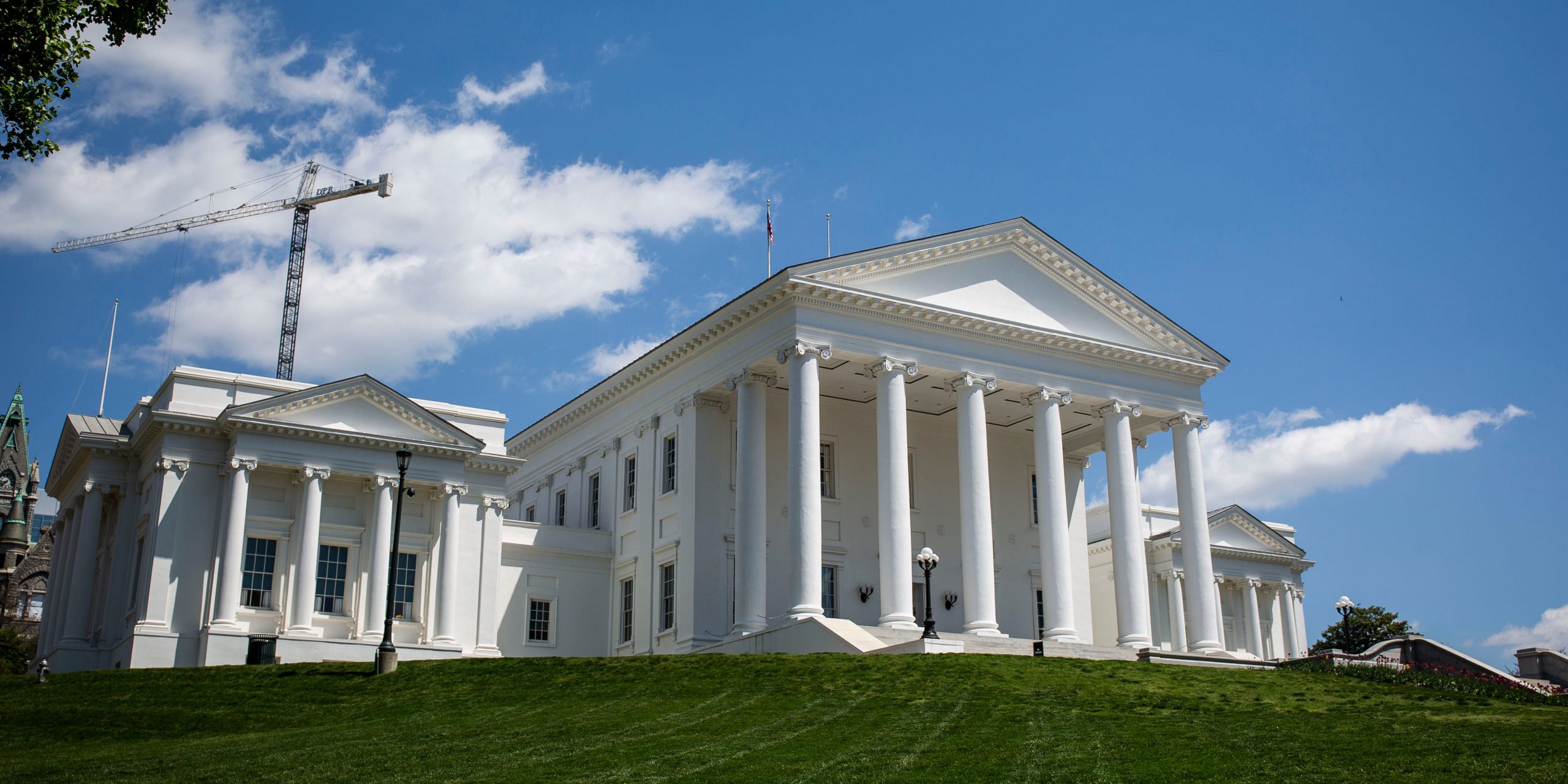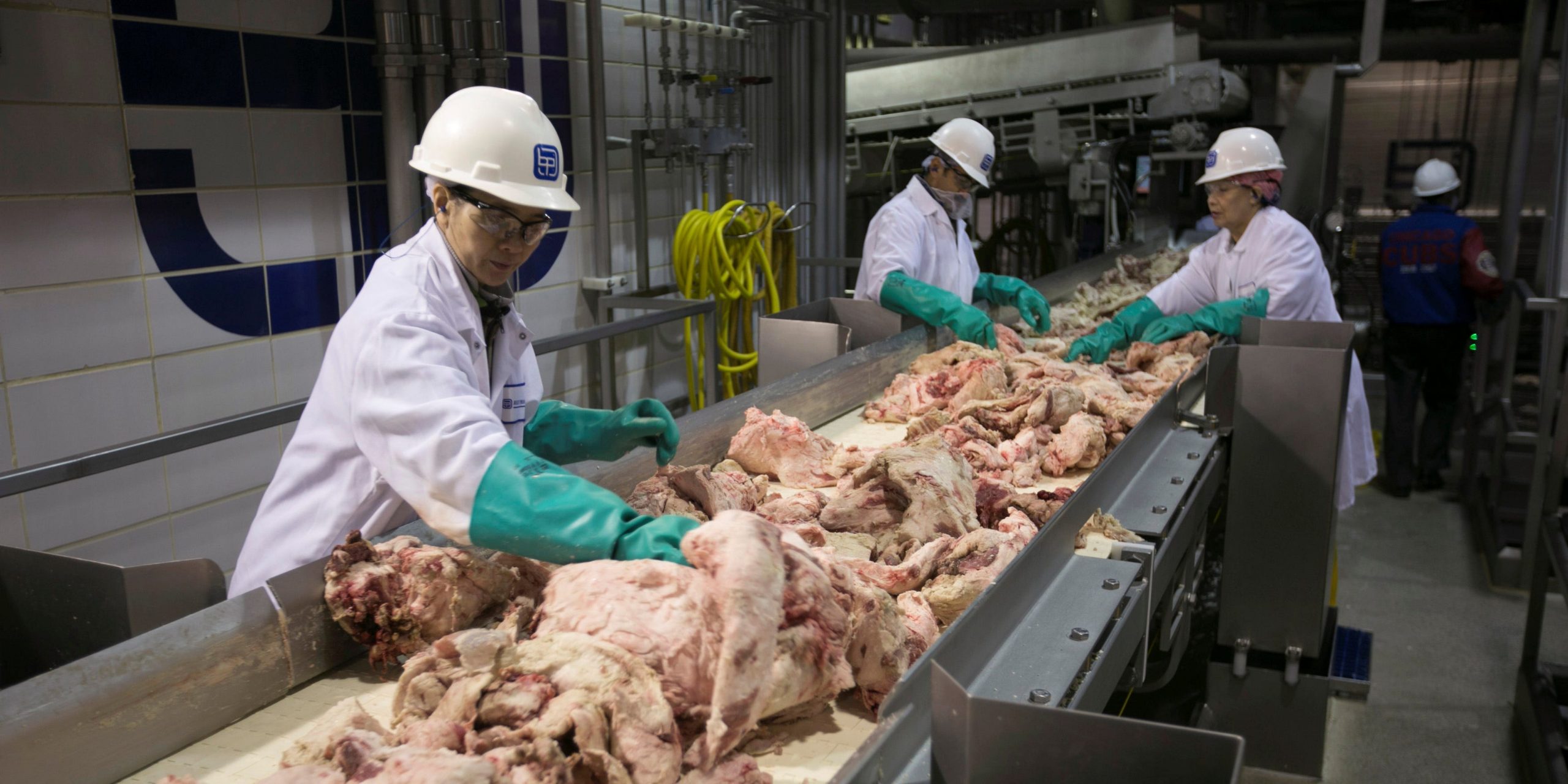The 5 sectors struggling the most with hiring and what it says about the reopening US economy
J. Conrad Williams Jr./Newsday RM/Getty Images
- A labor shortage is slowing the US economic rebound, but its effects aren't evenly spread.
- While job openings have skyrocketed, some sectors are seeing little take-up as people return to work.
- Detailed below are the five industries having the hardest time hiring through the economic reopening.
- See more stories on Insider's business page.
Various signs point to a historic labor shortage in the US economy. But not all sectors are experiencing the same pain.
What began as a strong recovery for the labor market hit a major snag in the spring: Americans weren't rushing back to the workforce. Hiring slowed sharply in April and missed expectations again in May. Wage growth soared through both months as employers looked to attract workers. Both job openings and quits hit all-time highs in April.
Alleged causes of the worker shortage are abundant. Democrats see expensive childcare and COVID-19 fears as holding Americans back from seeking work. Republicans have blamed the shortfall on President Joe Biden's stimulus plans, specifically the federal government's $300-per-week boost to unemployment insurance.
But while lawmakers paint the shortage as an issue plaguing the broad economy, some sectors are having far harder times at hiring compared to their pre-pandemic trends. Data published in last week's Job Openings and Labor Turnover Survey report reveals where companies are struggling the most to rehire.

Zach Gibson/Getty Images
The $1.9 trillion stimulus package passed in March included $350 billion for state, local, and tribal governments, but the sector is still having a rough go of hiring as the US reopens.
While the federal government can — and almost always does — run an annual budget deficit, states need to balance their budgets. This typically leads to layoffs during recessions, since weaker tax revenues place new pressure on states’ budgets. The lack of sufficient aid for state and local governments led to intense and prolonged economic pain in the years after the financial crisis.
Congress aimed to avoid such an issue in the current recovery, but aid hasn’t yet helped hiring. And when state and local government education jobs are excluded, the sector’s openings are seeing very little uptake.
2. Educational services

Jon Cherry/Getty Images
The education sector has also seen unusual tightness during recent months. The industry faced intense pressure at the start of the pandemic amid a shift to remote learning. Schools and universities are now set to return to at least partial in-person teaching in the fall, but efforts to rehire are coming up short.
The pipeline for teachers, which make up a large share of hires in the sector, is also drying up. Teacher-training enrollment dropped by 33% over the past decade, according to an August report from the Center for American Progress. With the new school year a few months away, hiring needs are likely to intensify further.
3. Transportation, warehousing, and utilities
(AP Photo/Julio Cortez)
Giants like Amazon and Walmart saw activity surge throughout the pandemic as more Americans shopped from home. With millions returning to work, the businesses are raising wages amid efforts to boost their headcounts.
But while the industry went on a hiring spree throughout the pandemic, new reports show intense burnout dragging on employment. Amazon, for example, holds an annual turnover rate of 150%, The New York Times reported on Tuesday.
While the company doesn’t represent the entire industry, it’s on its way to becoming the biggest employer in the US. And other reports of burnout among delivery drivers and warehouse employees suggest the turnover is pervasive.
4. Manufacturing (non-durable products)

REUTERS/Lane Hickenbottom
Manufacturers of non-durable goods — those that are consumed relatively quickly — face short- and long-term hiring pressures.
As the US reopens, a wave of pent-up demand has left factories on the back foot. Shortages of key materials formed massive bottlenecks, and order backlogs hit multiple record highs through the spring.
Economists believe that, as spending cools, such shortages will fade and factories can better service demand. But the industry is also staring down a massive skills gap. Decades of steering Americans toward top universities and away from trade schools evaporated the industry’s hiring pool. A May study from Deloitte and the Manufacturing Institute found that, unless the trend is countered, manufacturers could leave as many as 2.1 million jobs unfilled.
“There’s a perception problem,” Carolyn Lee, executive director of The Manufacturing Institute, told Insider last month. “People don’t know that there are jobs that are desirable, that there are jobs that have family-supporting wages, and that there are jobs that are stable.”
5. Arts, entertainment, and recreation
Tayfun Coskun/Anadolu Agency / Getty
Theaters, recreation centers, and other entertainment venues were among the businesses hit hardest by pandemic restrictions. Reopening has given the industry a new lease on life, with concert tours now resuming and venues allowed to open with some limitations.
Yet the country is still far from putting the pandemic behind it. Only about 49% of Americans are covered by COVID-19 vaccines, according to Bloomberg data. And while daily case counts plummeted in recent months, the country is still adding nearly 11,000 cases each day.
Hiring in arts, entertainment, and recreation bounced back as lockdown measures were reversed. Yet lingering COVID-19 fears and the inability to fully reopen are likely weighing on the sector.
